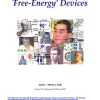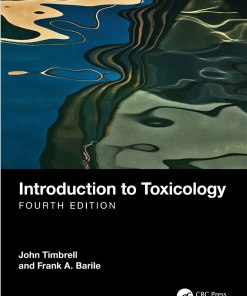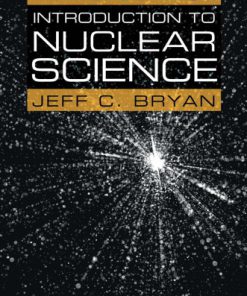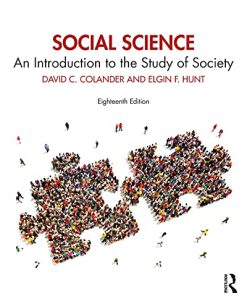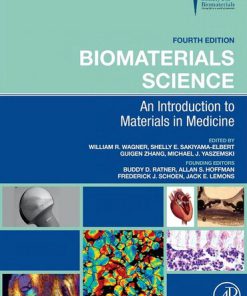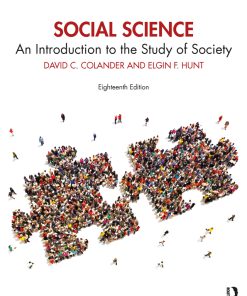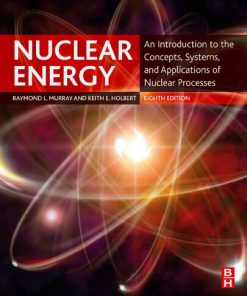Introduction to Nuclear Science 4th Edition by Jeff Bryan ISBN 1032301805 9781032301808
$50.00 Original price was: $50.00.$25.00Current price is: $25.00.
Introduction to Nuclear Science 4th Edition by Jeff C. Bryan – Ebook PDF Instant Download/Delivery: 1032301805, 978-1032301808
Full download Introduction to Nuclear Science 4th Edition after payment
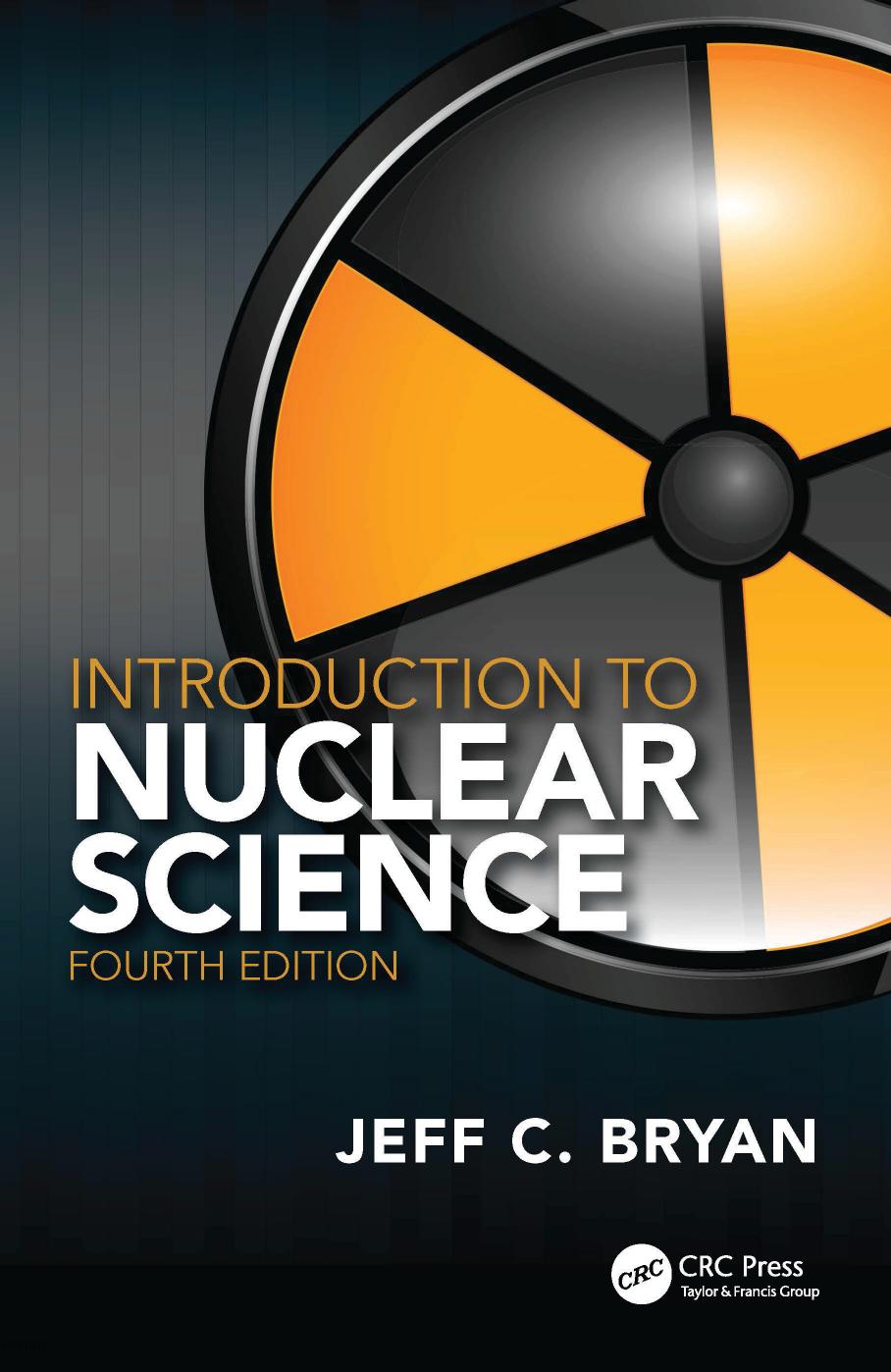
Product details:
ISBN 10: 1032301805
ISBN 13: 978-1032301808
Author: Jeff C. Bryan
Written to provide students who have limited backgrounds in the physical sciences and math with an accessible textbook on nuclear chemistry and physics, Introduction to Nuclear Science, Fourth Edition continues to provide a clear and complete introduction to nuclear chemistry and physics, from basic concepts to nuclear power and medical applications. Incorporating suggestions from adopting professors and collaborations with the U.S. Department of Energy-funded and American Chemical Society-sponsored Nuclear Chemistry Summer School, a new chapter on nuclear structure is now included.
Also new to this edition:
A section covering mass excess calculations
Isochron dating of rocks
The section on statistics is completely re-written to better align with conventional instruction
Expanded discussion of recent changes in the nuclear power industry and nuclear medicine
This book covers energetics, nuclear stability and structure, radioactive decay and reactions, interactions of radiation with matter, detection methods, and safety measures, including monitoring and regulations. This updated, expanded edition provides a much-needed textbook and resource for undergraduate students in science and engineering as well as those studying nuclear medicine and radiation therapy.
Introduction to Nuclear Science 4th Table of contents:
1. Introduction to Nuclear Science
- 1.1 Radiation
- 1.2 Atomic Structure
- 1.3 Nuclear Transformations
- 1.4 Nuclear Stability
- 1.5 Ionizing Radiation
- 1.6 A Biological Threat?
- 1.7 Natural and Anthropogenic Radiation
- 1.8 The Chart of the Nuclides
- Questions
2. The Mathematics of Radioactive Decay
- 2.1 Atomic Masses and Average Atomic Masses
- 2.2 The Nature of Decay
- 2.3 Specific Activity
- 2.4 Dating
- 2.5 Branched Decay
- 2.6 Equilibria
- 2.6.1 Secular Equilibrium
- 2.6.2 Transient Equilibrium
- 2.6.3 No Equilibrium
- 2.7 Statistics
- Questions
3. Energy and the Nucleus
- 3.1 Binding Energy
- 3.2 Total Energy of Decay
- 3.3 Decay Diagrams
- 3.4 Mass as Energy
- Questions
4. Applications of Nuclear Science I: Power and Weapons
- 4.1 Nuclear Power
- 4.1.1 Nuclear Fission
- 4.1.2 Nuclear Reactors
- 4.1.3 Nuclear Fuel
- 4.1.4 Reactor Safety
- 4.1.5 Nuclear Waste
- 4.1.6 Cost of Nuclear Power
- 4.1.7 Proliferation of Nuclear Weapons
- 4.2 Nuclear Weapons
- 4.2.1 Fission Bombs
- 4.2.2 Fusion Bombs
- 4.2.3 Other Bombs
- 4.3 Nuclear Forensics
- Questions
5. Radioactive Decay: The Gory Details
- 5.1 Alpha Decay
- 5.2 Beta Decay
- 5.3 Positron Decay
- 5.4 Electron Capture
- 5.5 Multiple Decay Modes
- 5.6 The Valley of Beta Stability
- 5.7 Isomeric Transitions
- 5.8 Other Decay Modes
- 5.8.1 Spontaneous Fission
- 5.8.2 Cluster Decay
- 5.8.3 Proton/Neutron Emission
- 5.8.4 Delayed Particle Emissions
- 5.8.5 Double Beta Decay
- Questions
6. Nuclear Structure
- 6.1 Nuclear Shape and Size
- 6.2 The Semi-Empirical Mass Equation
- 6.3 The Shell Model
- 6.4 Applications of the Shell Model
- 6.4.1 Spin and Parity
- 6.4.2 Decay
- Questions
7. Interactions of Ionizing Radiation with Matter
- 7.1 Ionizing Radiation
- 7.2 Charged Particles
- 7.3 Photons
- 7.3.1 Compton Scattering
- 7.3.2 The Photoelectric Effect
- 7.3.3 Pair Production
- 7.4 Attenuation of Gamma- and X-Radiation
- Questions
8. Detection of Ionizing Radiation
- 8.1 Gas-Filled Detectors
- 8.1.1 Ionization Chambers
- 8.1.2 Proportional Counters
- 8.1.3 Geiger-Müller Tubes
- 8.2 Scintillation Detectors
- 8.2.1 Photomultiplier Tubes
- 8.2.2 Inorganic Scintillators
- 8.2.3 Organic Scintillators
- 8.3 Other Detectors
- 8.3.1 Semiconductor Detectors
- 8.3.2 Thermoluminescent Dosimeters
- 8.4 Gamma Spectroscopy
- Questions
9. Applications of Nuclear Science II: Medicine and Food
- 9.1 Radiology
- 9.2 Radiation Therapy
- 9.3 Food Irradiation
- 9.4 Nuclear Medicine
- 9.4.1 Radionuclide Production
- 9.4.2 Radiopharmaceuticals
- 9.4.3 Gamma Cameras
- Questions
10. Nuclear Reactions
- 10.1 Energetics
- 10.2 Cross Section
- 10.3 Yield
- 10.4 Accelerators
- 10.5 Cosmogenic Nuclides
- Questions
11. Fission and Fusion
- 11.1 Spontaneous Fission
- 11.2 Neutron-Induced Fission
- 11.3 Fusion
- 11.4 Nuclear Models Applied to Fission and Fusion
- 11.5 Stellar Nucleosynthesis
- 11.6 Synthesis of Unknown Elements
- Questions
12. Applications of Nuclear Science III: More About Nuclear Reactors
- 12.1 Reactions in Reactors
- 12.2 Other Reactor Types
- 12.2.1 Pressurized Heavy Water Reactors (PHWRs)
- 12.2.2 Gas-Cooled Reactors (GCRs)
- 12.2.3 Light Water Graphite Reactors (RBMKs)
- 12.2.4 Small Modular Reactors (SMRs)
- 12.2.5 Thorium in Reactors
- 12.2.6 Generation IV Reactors
- 12.3 Reactor Safety Systems
- 12.4 Nuclear Power Plant Accidents
- 12.4.1 Three Mile Island
- 12.4.2 Chernobyl
- 12.4.3 Fukushima
- 12.5 Fusion Reactors
- Questions
13. Radiation Protection
- 13.1 Terms
- 13.2 Regulations and Recommendations
- 13.3 Risk
- Questions
14. X-ray Production
- 14.1 Conventional X-ray Beams
- 14.2 High-Energy X-ray Beams
- Questions
15. Dosimetry of Radiation Fields
- 15.1 Percent Depth Dose
- 15.2 Tissue–Air Ratio
- 15.3 Tissue Maximum Ratio
- 15.4 Isodose Curves
- 15.5 Moving Fields
- 15.6 Proton and Electron Beam Dosimetry
People also search for Introduction to Nuclear Science 4th:
an introduction to nuclear physics pdf
an introduction to nuclear materials fundamentals and applications pdf
borrow introduction to nuclear and particle physics
lamarsh and baratta introduction to nuclear engineering
nuclear energy an introduction to the concepts systems and applications
Tags:
Jeff Bryan,Introduction,Nuclear,Science 4th
You may also like…
Computers - Programming
Travel - United States of America - Travel
Moon Olympic Peninsula 4th Edition by Jeff Burlingame 1640494391 978-1640494398
Medicine - Clinical Medicine
Politics & Philosophy - Social Sciences
Social Science An Introduction to the Study of Society 18th Edition David C. Colander
Engineering
Biomaterials Science: An Introduction to Materials in Medicine 4th Edition William R Wagner (Editor)
Politics & Philosophy - Social Sciences
Social Science An Introduction to the Study of Society David C. Colander



